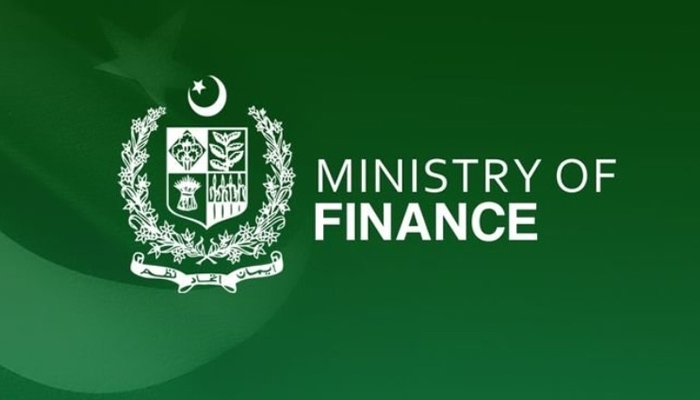TRADE & ECONOMY

Pakistan’s economic burden continues to deepen as over 15 government institutions have reported combined losses exceeding Rs 5.9 trillion, according to a detailed report released by the Ministry of Finance.
The alarming report outlines that just in the first six months of the previous fiscal year, state-owned entities (SOEs) saw their losses increase by Rs 3.45 trillion. Additionally, pension liabilities now stand at Rs 1.7 trillion, further amplifying the fiscal strain.
The National Highways Authority (NHA) has emerged as the most loss-making institution, with total losses climbing to a staggering Rs 19.53 trillion. Following closely are electricity distribution companies:
· Quetta Electric Supply Company (KESCO) with losses of Rs 7.706 trillion
· Peshawar Electric Supply Company (PESCO) with losses of Rs 6.849 billion
The report highlights a persistent trend of escalating losses in the power sector. Notably, the circular debt across all institutions has now hit Rs 49 trillion, with Rs 24 trillion attributed to the power sector alone.
Between June and December 2024, the NHA recorded a loss of Rs 153.27 billion. During the same period:
· KESCO lost Rs 58.10 billion
· Sukkur Electric Power Company (SEPCO) reported a 6-month loss of Rs 29.60 billion, contributing to its total loss of Rs 472.99 billion
Other struggling institutions include:
· Pakistan Steel Mills, which lost Rs 15.60 billion in six months, reaching a total loss of Rs 255.82 billion
· Pakistan Telecommunication Company, which reported a 6-month loss of Rs 7.19 billion, with total losses now at Rs 43.57 billion
· Pakistan Agriculture Storage and Services Corporation, which posted a 6-month loss of Rs 7 billion, bringing its total losses to Rs 11.13 billion
The Finance Ministry’s report underscores the growing financial challenges facing Pakistan’s public sector and the urgent need for reform and restructuring of these loss-making institutions to reduce the fiscal deficit and restore economic stability.




